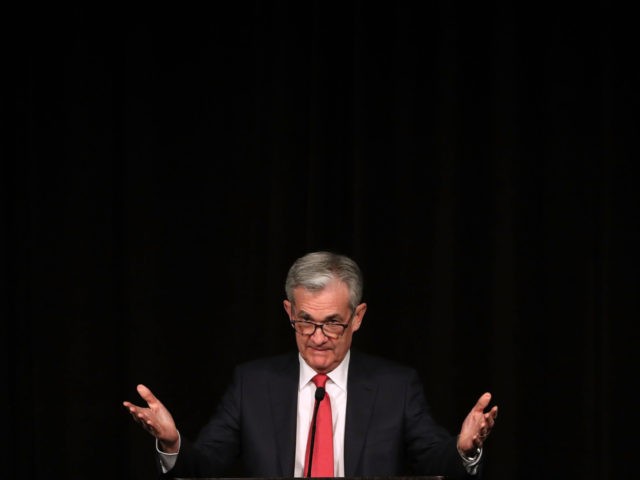The Netflix film Don’t Look Up is about a group of experts who detect a looming disaster but cannot summon an adequate public response because of the fecklessness of a populist president and the greed of her corporate allies.
If we were to change the movie to reflect our current inflation crisis, it would be the experts who told us not to pay any attention to the looming disaster. Which is slightly more frightening, in my view.
The Bureau of Labor Statistics reported Wednesday that consumer prices rose seven percent in 2021, the biggest annual gain since 1982. Food prices are up 6.5 percent, household furniture up 7.4 percent, appliances up six percent, tools and hardware up 7.2 percent, clothing up 5.8 percent, and cars up 12 percent. Everywhere you look, prices are up.
The time has passed when inflation could be written off as transitory or artificially elevated by shortages in a few items. Inflation is everywhere and it has staying power.
So why didn’t the Federal Reserve see this coming?
A year ago, the Federal Reserve was forecasting that inflation in 2021 would run at 1.8 percent. This may be the biggest forecasting error in Fed history.
Now the Fed doesn’t forecast the Consumer Price Index, which is what the BLS reported on Wednesday. It prefers to use the Personal Consumption Price Index produced by the Commerce Department’s Bureau of Economic Analysis. There are a bunch of technical differences between the two index that you can read about here. In general, however, they tend to move in the same direction. Historically, PCE inflation has run about a half a point below CPI inflation, although in November that gap had widened out to 1.1 percentage points, with CPI at 6.8 percent and PCE at 5.7 percent.
In all likelihood, PCE inflation for December also moved up. We will not find out until late January when the data is officially released. But it is probably close to six percent annually.
Which is a long, long way off from the 1.8 percent the Fed was projecting at the end of 2020.
Perhaps even more frustrating is that the Fed never really caught up with reality. In March, it raised its projection for 2021 to 2.4 percent. June saw the projection go up to 3.4 percent. And in September, they raised it to 4.2 percent. By the final meeting of the year, they were projecting 5.2 percent. So they never got around to getting it right.
This is an extremely serious problem for the institution charged with maintaining price stability and whose basic tools, which are aimed at manipulating interest rates, have profound effects on our economy. The Fed not only lost control of prices in 2021 — it did not understand how badly things had gotten out of hand.
This is arguably a worse mistake than the Fed’s failure to foresee the housing crash, mortgage bond meltdown, and Great Recession. That was a calamitous failure, but it was at least somewhat understandable because it was so complex and much of it took place outside of what was then considered the Fed’s purview. The failure to foresee inflation goes to the very core of the Fed’s statutory mission.
The Fed will have its hands full bringing inflation back under control this year, especially if the Biden administration insists on pushing even more fiscal expansion. But when the dust clears from the current disaster, it should do some serious self-examination to determine why it has missed the biggest negative development in the American economy for the second time this century.
Look inward, Fed.

COMMENTS
Please let us know if you're having issues with commenting.